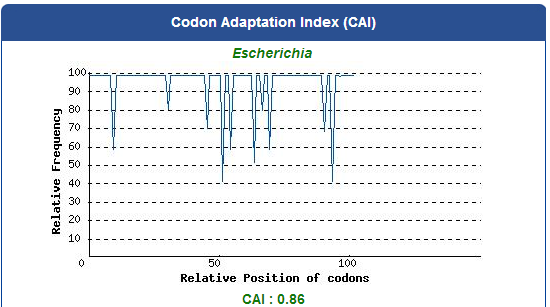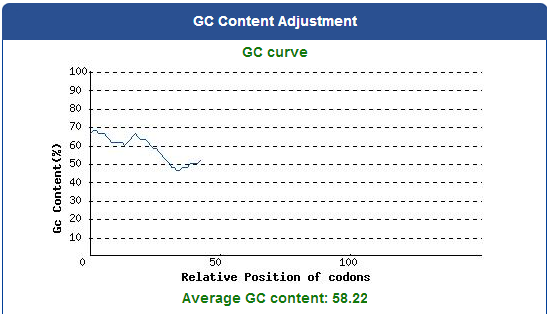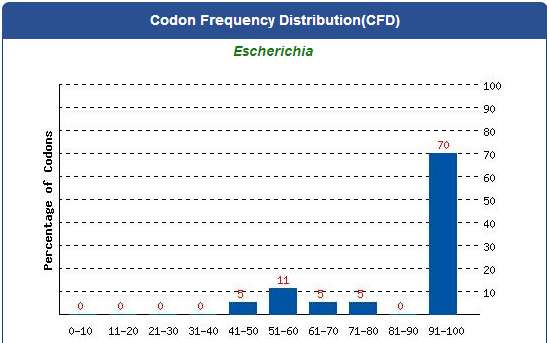Team:NCTU Formosa/results
From 2014.igem.org
Our experiment can roughly divided into two categories.
1. About E.coli. Aspects:gene recombination and protein expression.
2. About Insect Aspects:PBAN effect testing、insects' habbit testing and our device testing
Contents |
E.coli. Aspects
DNA Synthsis of 9 different kinds of PBAN
For our project (aim for capturing harmful insects) this year, we first found 9 different kinds of PBAN peptide of common agricultural harmful insects in the world from many reference papers. Then, we used these peptides to surf the NCBI and found the DNA sequence from the certain insect. ( EX:PBAN Spodoptera litura:http://www.ncbi.nlm.nih.gov/protein/AAK84160.1 ) Finally, we modified every codon on the DNA sequence and designed the DNA sequence for our E.coli. to express a certain PBAN.
DNA Modification Process:
1. Avoid the rare codon of E.coli., and choosing high frequency codons.
( Frequence Table Tool:http://www.genscript.com/cgi-bin/tools/codon_freq_table )
2. Don't choose the same codon to modify our designed gene many times, or our E.coli. will not have enough nucleotides to replicate it.
3. Avoid the start codon ATG existing in the front of our DNA sequence.
4. Use Rare Codon Analysis Tool ( http://www.genscript.com/cgi-bin/tools/rare_codon_analysis ) to inspect if there is any problem to express our gene
for E.coli.
Take PBAN Spodoptera litura for example:
5. Add iGEM standard sequence in front of and at the back of our modified DNA sequence.
6. Let the gene synthesis company synthesize our modified DNA sequence.
PCR for 9 different kinds of PBAN
SDS Protein Electrophoresis of 9 different kinds of PBAN
BFP Fluorescence / OD 600 Bacteria Growth Testing
Insect Aspects
Behavior of Target Insects Eating Our PBAN
Effect Testing of Our PBAN
Testing of Spodoptera Litura Hobby for Temperature and Light
Magic Power of Our Pyramidal Device
 "
"


